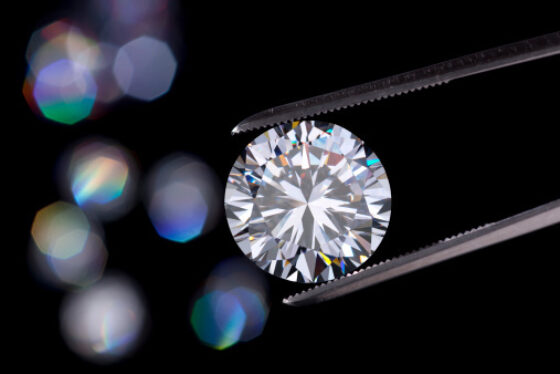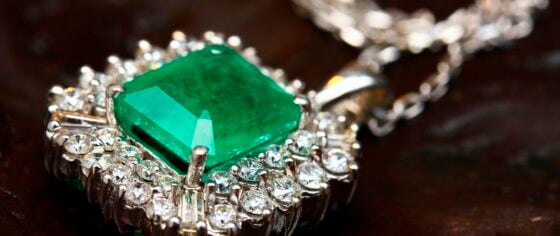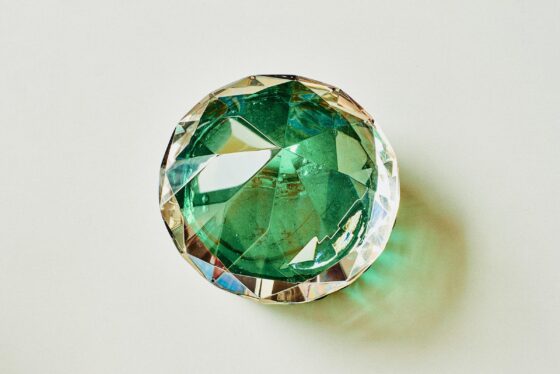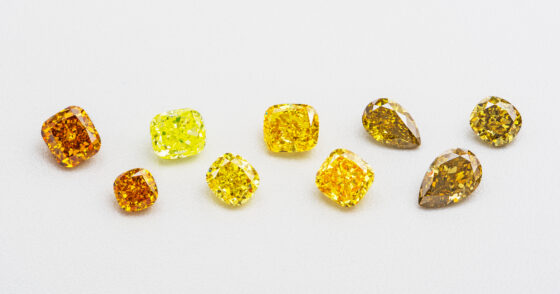When talking about diamonds, we often think of colourless stones with a stunning sparkle. However, coloured diamonds are just as rare and are climbing in popularity recently — particularly the elusive green diamond. In this guide, we will cover the following topics to give you insights into the rare natural green diamonds:
Understanding the diamond colour grading scale
A diamond’s value is determined by the 4 Cs: carat, cut, clarity and colour. For colourless diamonds (as opposed to coloured diamonds), the diamond industry has adopted an alphabetical scale from D to Z, with D being the highest grading. As you go down the scale, the diamond starts to develop a yellow tint.
Diamond experts determine the colour by comparing a diamond against a master set of diamonds of different colours. Therefore, without comparing diamonds side by side, it is difficult to see the difference between grades. However, it plays a vital role in determining the price of the jewel.
The allure of green diamonds
When it comes to purchasing green precious stones, the majority of people instantly look to the emerald, but not many people are aware that 100% natural green-coloured diamonds are also an option. Find out how green diamonds form, what special features they have, and how valuable they are.
Why would I start investing in coloured diamonds to diversify my portfolio?
In an unpredictable stock market, many investors are on the lookout for alternative investments. Diamonds gain in popularity year after year since not only their intrinsic worth keeps appreciating, but they receive additional aesthetic and emotional value. A remarkable subgroup of the precious stones is coloured diamonds. They are far rarer than the colourless type and yield more profits because of it.
How popular is investing in coloured diamonds around the world?
You already know investing in coloured diamonds is a good investment, but certain places in the world have particularly taken an interest in the fancy coloured stones. Where are coloured diamond investment most visibly on the rise? Which types of coloured diamonds are sold most often?
How can coloured diamonds turn out to be colourless on the inside?
The world renowned Gemmological Institute of America (GIA) published their findings through Rapaport some time ago. The Institute discovered that certain coloured gems were not what they appeared but turned out to be colourless diamonds on the inside. How is that possible? How can I be sure to buy a genuine fancy coloured diamond for my investment?






